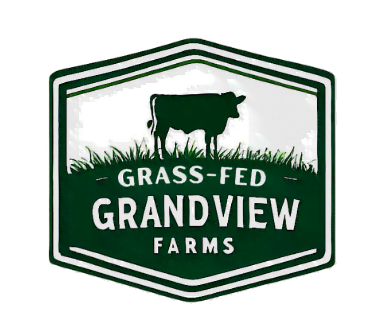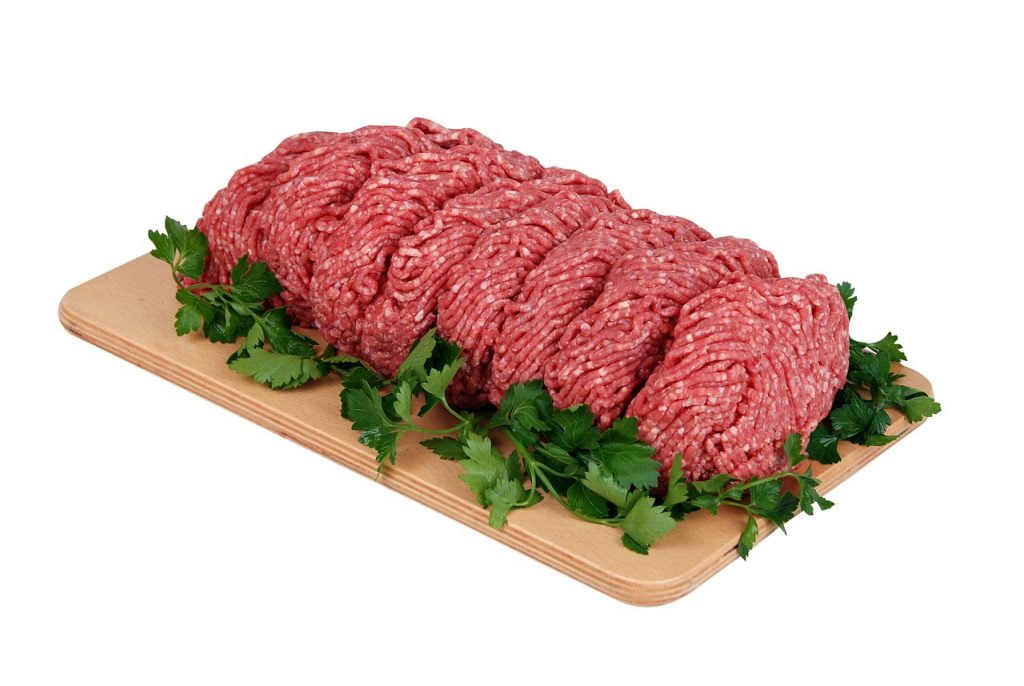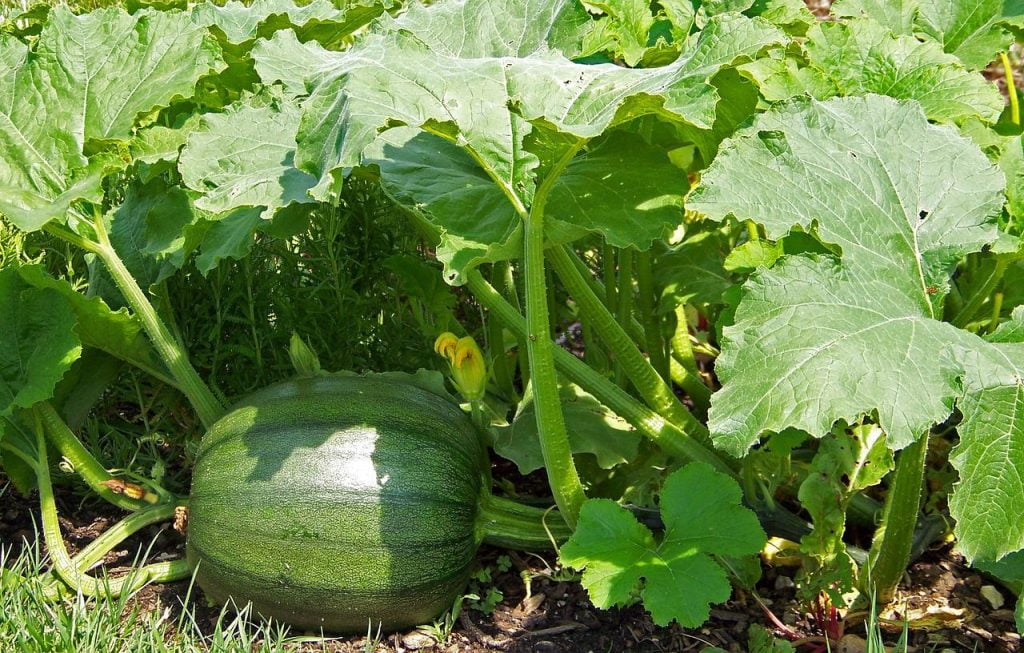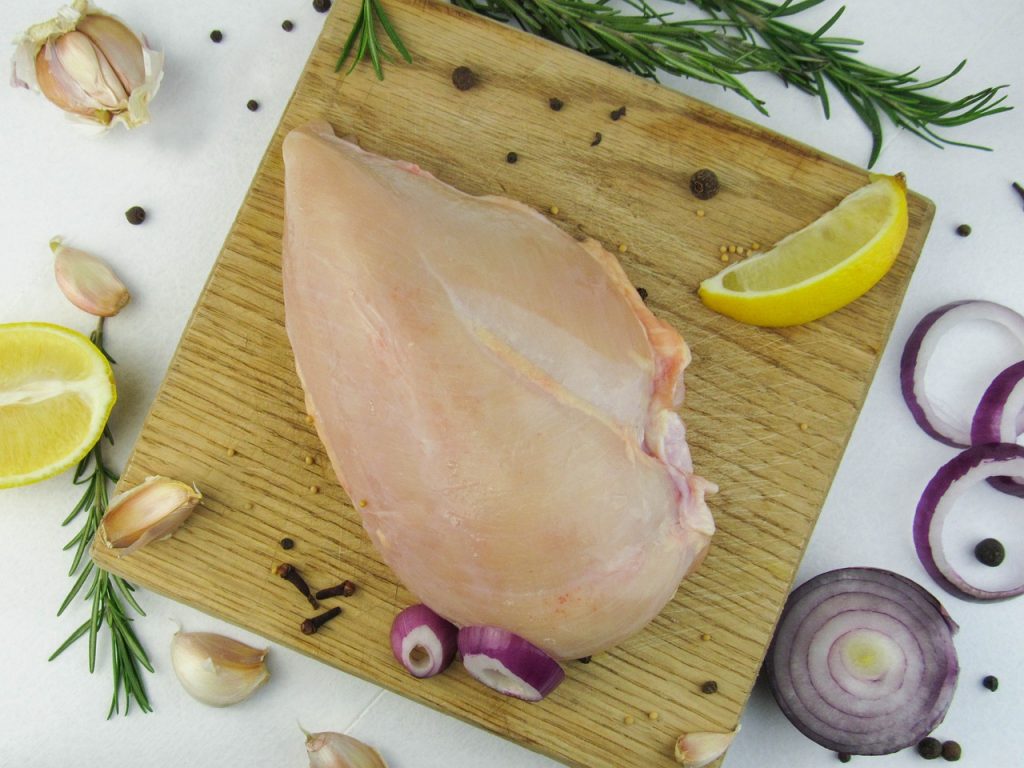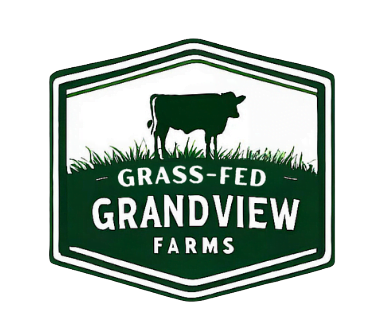In recent years, there has been a growing movement towards eating locally sourced food. This trend is driven by a desire to support local businesses and farmers, as well as a belief that locally sourced food is fresher and more nutritious. For many people, beef is an important part of their diet. However, there are concerns about the ethical and environmental impact of beef production. Grass-fed beef offers a solution to these concerns, as it is produced in a way that is both ethical and sustainable.
Why Eat Local Beef?
Supporting Local Businesses and Farmers:
Choosing pasture fed cows is not only about enjoying a delicious meal; it’s also about making a positive impact on your community. When you buy local beef, you are directly supporting local farmers and businesses. This support helps to create jobs, preserve the rural way of life, and ensure that your community has access to fresh, high-quality food. If you want to delve deeper into the reasons why eating local is essential, check out this informative article on Healthline.
Apart from the economic benefits, buying local beef also strengthens the connection between consumers and producers. It fosters a sense of transparency and accountability, allowing you to understand the farming practices and values behind the food you consume.
Fresher, More Flavorful Beef:
The journey of pasture fed cows from farm to table can significantly impact its flavor and quality. Local beef often has a shorter journey, reducing the time spent in transit and storage, which helps preserve its freshness and natural flavors.
Grass-fed beef, which is the primary type of local beef, is known for its richer, more complex flavor compared to grain-fed beef. This is because cows raised on pasture have access to a diverse range of grasses and herbs, which contribute to the unique taste and aroma of their meat.
More Ethical and Sustainable Production:
Local beef production often adheres to higher ethical and sustainability standards. Local farmers tend to have a closer connection to their animals and are more concerned about their well-being. They are more likely to use traditional farming practices that are gentler on the environment and prioritize animal welfare.
Local beef production also reduces the environmental impact associated with long-distance transportation and large-scale factory farming. By choosing pasture fed cows, you are making a conscious decision to support sustainable practices that benefit both the environment and animal welfare.
What is Grass-Fed Beef?
Grass-fed beef is a type of beef that comes from cows raised primarily on pasture, where they have access to a variety of grasses and herbs. This traditional method of raising cattle is considered the most humane and sustainable way to produce beef.
Unlike grain-fed beef, grass-fed beef production does not rely on vast amounts of grain, which is a major contributor to greenhouse gas emissions. Additionally, cows raised on pasture have more freedom to roam and graze, leading to a more natural and healthier lifestyle.
Why Choose Grass-Fed Beef?
Ethical Considerations:
Grass-fed beef production aligns with ethical principles due to the natural diet and free-range environment provided to the cows. This approach ensures that the animals are not subjected to the confinement and restricted diets often associated with large-scale factory farming.
Sustainability Benefits:
Choosing pasture fed cows contributes to a more sustainable food system. By eliminating the need for grain, grass-fed beef reduces the environmental impact associated with agriculture, including land use, water consumption, and greenhouse gas emissions.
Healthier for Cows and Consumers:
Grass-fed beef is often considered a healthier option for both cows and consumers. The natural diet of grasses and herbs provides cows with essential nutrients and contributes to a healthier immune system. For consumers, grass-fed beef is typically higher in protein, omega-3 fatty acids, and beneficial antioxidants compared to grain-fed beef.
Superior Flavor and Texture:
Grass-fed beef is known for its rich flavor and unique texture. The diverse diet of grasses and herbs contributes to a more complex and satisfying flavor profile. Additionally, the natural muscle development of cows raised on pasture leads to a more marbled appearance and a more tender, juicy eating experience.
How to Find Local Grass-Fed Beef
Visiting Farmers Markets:
Farmers markets are a great place to find local grass-fed beef. Many farmers markets have vendors who directly sell their products to consumers, allowing you to interact with the producers and learn about their farming practices.
Community-Supported Agriculture (CSA):
Joining a CSA is another way to secure a regular supply of local grass-fed beef. CSAs involve sharing the risk and rewards of farming with a local farmer. In exchange for a monthly or seasonal fee, you receive a weekly share of fresh produce, including grass-fed beef.
Online Resources:
Numerous websites and online directories can help you locate local grass-fed beef producers in your area. These resources often provide detailed information about the farms, their practices, and the availability of their products. If you’re looking for additional guidance on finding grass-fed beef near you, check out this helpful guide on Fed by the Farm.
How to Cook Grass-Fed Beef
Lower Cooking Temperature:
Grass-fed beef is naturally more tender than grain-fed beef due to the cows’ active lifestyle and natural diet. Therefore, it requires a slightly lower cooking temperature to prevent overcooking and ensure a juicy, flavorful result.
Avoiding Overcooking:
Overcooking grass-fed beef can lead to dryness and toughness. It’s essential to use a meat thermometer and cook the beef to your desired doneness
Using a Meat Thermometer:
A meat thermometer is an invaluable tool for ensuring that your grass-fed beef is cooked to perfection. Insert the thermometer into the thickest part of the meat, avoiding bone or gristle. The recommended internal temperatures for different levels of doneness are as follows:
Rare: 120-125°F (49-52°C)
Medium-Rare: 130-135°F (54-57°C)
Medium: 140-145°F (60-63°C)
Medium-Well: 150-155°F (66-68°C)
Well-Done: 160°F and above (71°C and above)
Resting the Beef:
Once the beef has reached the desired internal temperature, remove it from the heat and let it rest for 5-10 minutes before slicing. This allows the juices to redistribute throughout the meat, resulting in a more tender and flavorful steak.
Tips for Different Cooking Methods:
Pan-Searing: Grass-fed beef is ideal for pan-searing due to its marbling and ability to develop a flavorful crust. Heat a cast-iron skillet or heavy-bottomed pan over medium-high heat. Season the beef with salt and pepper and sear for 2-3 minutes per side, depending on the thickness of the cut.
Grilling: Grilling imparts a smoky flavor and beautiful grill marks to grass-fed beef. Preheat your grill to medium-high heat. Season the beef with salt and pepper and grill for 4-5 minutes per side for medium-rare, adjusting the cooking time based on your desired doneness.
Roasting: Roasting is a great method for cooking larger cuts of grass-fed beef, such as ribeye or prime rib. Preheat your oven to 325°F (163°C). Season the beef with salt, pepper, and other desired herbs. Roast for 20-25 minutes per pound, or until the internal temperature reaches your desired doneness. For more detailed tips on cooking grass-fed beef, check out this informative resource from the American Grassfed Association.
Conclusion
Choosing local pasture fed cows is a conscious decision that benefits your community, the environment, and your health. It supports local farmers and businesses, promotes sustainable practices, and provides access to delicious, nutritious, and ethically produced beef. By incorporating grass-fed beef into your diet, you can enjoy a culinary experience that aligns with your values and contributes to a more sustainable future.
FAQ
Buying local beef offers several advantages:
- Supports local businesses and farmers: Purchasing local beef helps to sustain local economies and livelihoods, fostering a sense of community.
- Fresher, more flavorful beef: Local beef often has a shorter journey from farm to table, preserving its freshness and natural flavors.
- More ethical and sustainable production: Local farmers often adhere to higher ethical and sustainability standards, prioritizing animal welfare and environmentally friendly practices.
Grass-fed beef is beef from cows raised primarily on pasture, where they have access to a diverse range of grasses and herbs. This traditional method of cattle production is considered more ethical and sustainable for several reasons:
- Animal welfare: Cows raised on pasture have more freedom to roam and graze, leading to a more natural and stress-free lifestyle.
- Environmental impact: Grass-fed beef production reduces the need for grain, a major contributor to greenhouse gas emissions, and minimizes the environmental impact of cattle farming.
- Nutritional value: Grass-fed beef is often higher in protein, omega-3 fatty acids, and beneficial antioxidants compared to grain-fed beef.
Several ways to find local grass-fed beef in your area include:
- Visiting farmers markets: Farmers markets often have vendors who sell local grass-fed beef, allowing you to interact with the producers and learn about their farming practices.
- Joining a CSA (Community-Supported Agriculture): In a CSA, you share the risk and rewards of farming with a local farmer. In exchange for a monthly or seasonal fee, you receive a weekly share of fresh produce, including grass-fed beef.
- Searching online resources: Numerous websites and online directories can help you locate local grass-fed beef producers in your area.
Grass-fed beef has some unique characteristics that require slightly different cooking techniques compared to grain-fed beef. Here are some tips:
- Use a lower cooking temperature: Grass-fed beef is naturally more tender than grain-fed beef, so a lower cooking temperature prevents overcooking and ensures a juicy, flavorful result.
- Avoid overcooking: Overcooking can make grass-fed beef tough and dry. Use a meat thermometer to ensure you reach the desired doneness without overcooking.
- Let the beef rest: Once cooked, remove the beef from the heat and let it rest for 5-10 minutes. This allows the juices to redistribute throughout the meat, resulting in a more tender and flavorful steak.
